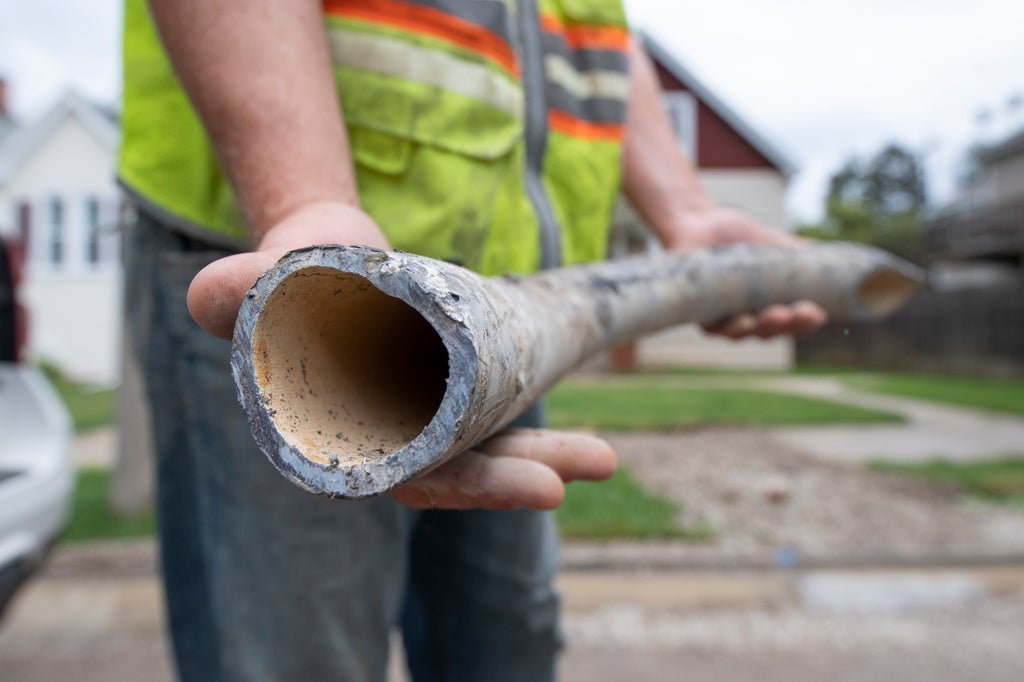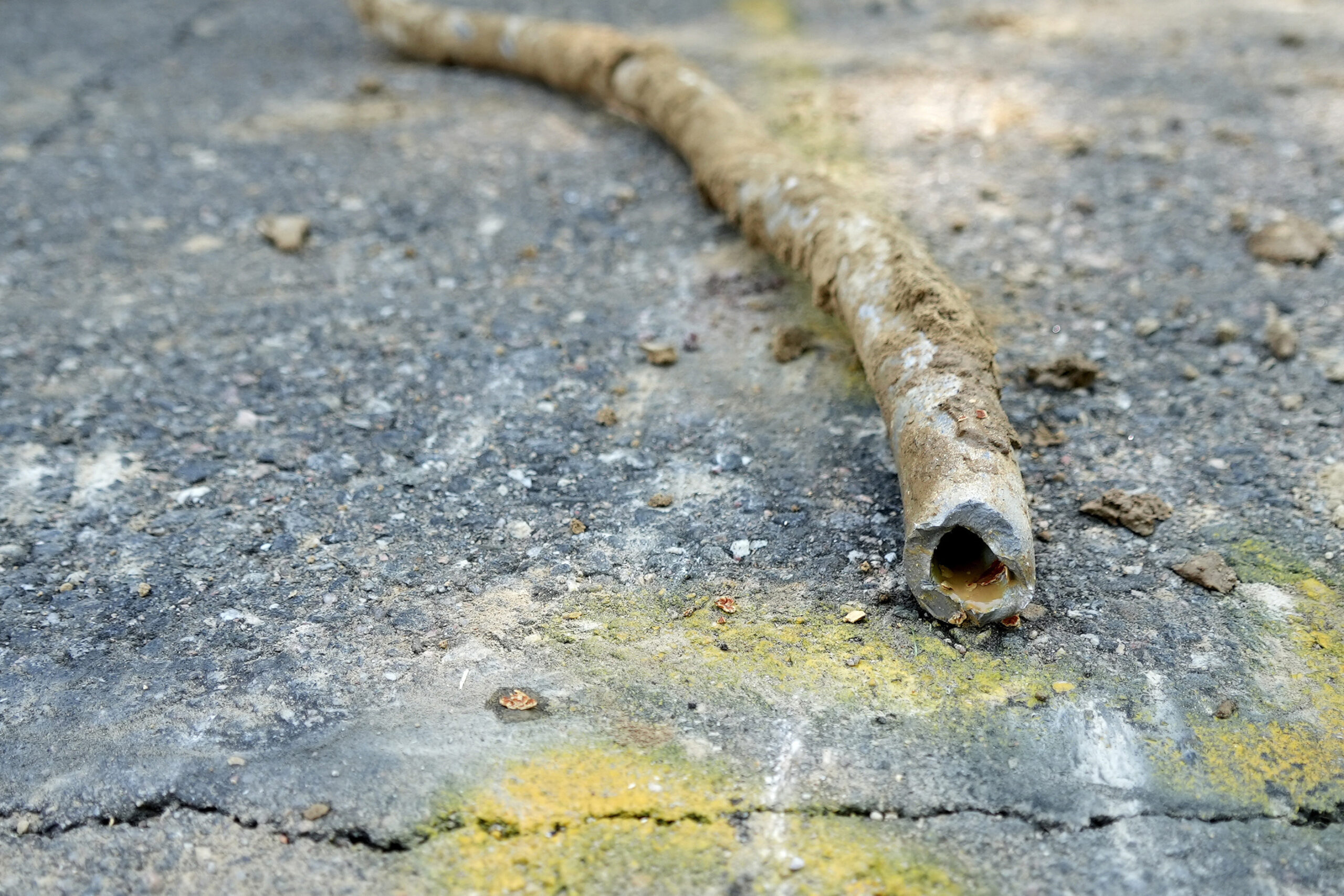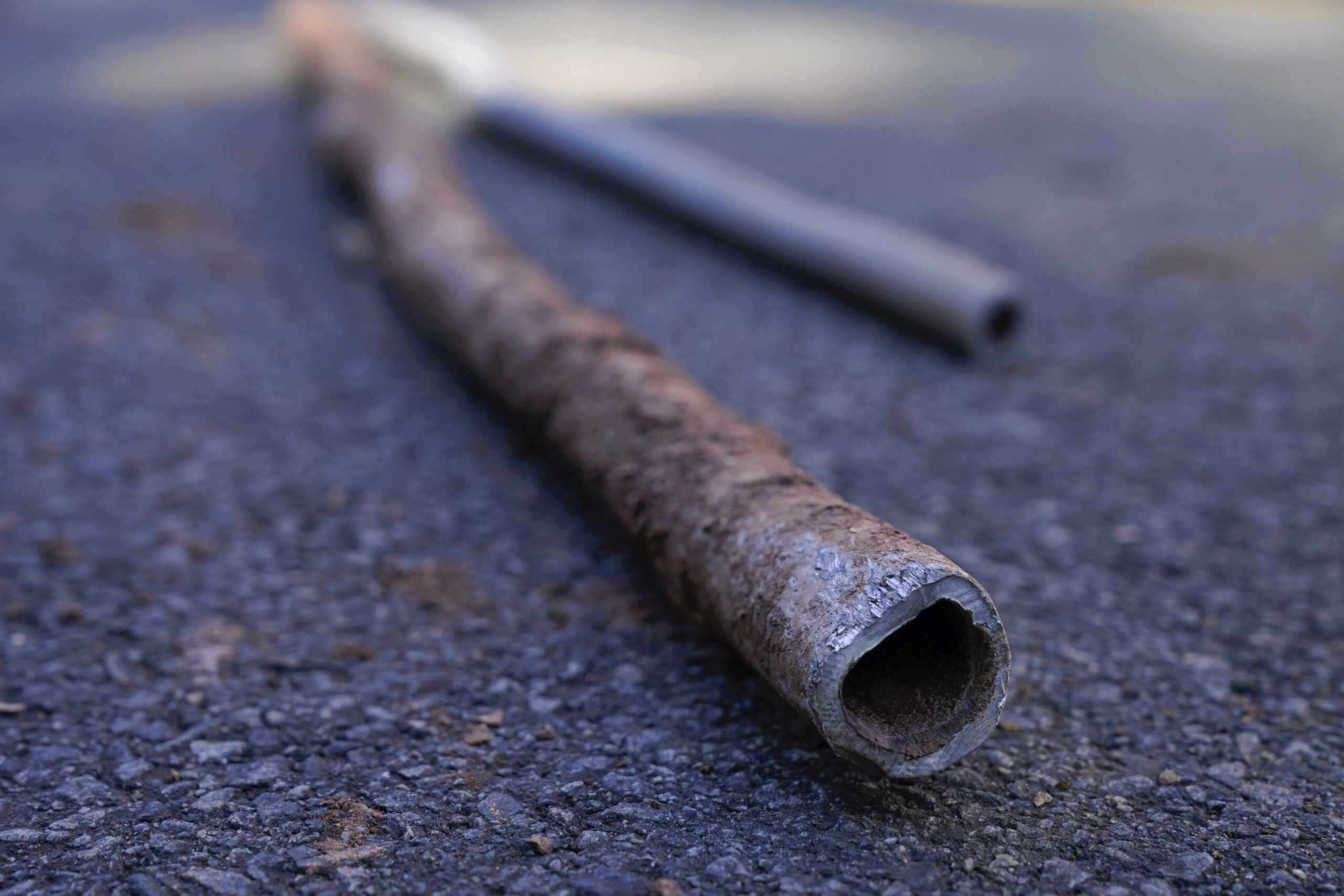New research finds that early exposure to lead pipes can reduce an American man’s lifespan by an average of almost three months.
Those are the findings from a paper co-authored by a researcher at the University of Wisconsin-Madison. The results are part of a broader body of research examining conditions in childhood that may affect the longevity of Americans.
Jason Fletcher, a professor with the university’s La Follette School of Public Affairs, said researchers compared U.S. Census records of men living in cities that had lead pipes to those living in cities that used non-lead materials in the early 20th century. Fletcher said they then linked the names and addresses of those individuals to their death records from 1975 to 2005. Fletcher said the paper did not examine women because of difficulties with linking data due to name changes when women married.
The paper also cross-referenced Census data with water systems used in 761 cities between 1900 to 1930.
“We’re comparing two children born around the same time, but in different cities where one city used lead and one city didn’t,” Fletcher said. “The children born in the cities that used lead live a few months shorter lifespans than the children who were born in cities that did not use lead.”
Fletcher and co-author Hamid Noghanibehambari with Austin Peay State University found exposure to lead pipes reduced a man’s lifespan by an average of 2.7 months. Of the nearly 10 million people examined, the findings account for more than 2 million years of life lost nationwide.

Research focuses on early childhood lead exposure
News with a little more humanity
WPR’s “Wisconsin Today” newsletter keeps you connected to the state you love without feeling overwhelmed. No paywall. No agenda. No corporate filter.
To better drill down effects of exposure, researchers compared men living in lead and non-lead cities from the time they were in the womb to up to 12 years of age. Fletcher said that helps control for men who were already old enough that lead wouldn’t be a major factor in how long they might live.
Research has shown that lead exposure in early childhood can have long-lasting effects that can affect cognitive development and academic achievements later in life.
Dr. Beth Neary is a retired pediatrician who is co-president of the Wisconsin Environmental Health Network.
“We know that lead actually impacts every single organ, but the biggest hit is really the brain. That’s where we see most of the impacts,” Neary said. “When somebody is exposed, either in utero or in early life, we’ve seen most of the impact on IQ (and) executive function, which is basically the ability to focus — to pay attention.”
Fletcher said their findings show that children who were exposed to lead during the 1910s and 1920s didn’t go to school as long and were shorter in height.
“The men who become enlisted in World War II are shorter if they were born in cities that had lead pipes versus those born in cities that had other types of pipes,” Fletcher said.
Researchers looked at height because it can strongly predict other health outcomes, including death. Studies have also indicated that 90 percent of lead is stored in the bones, which can be released into the bloodstream as bone density decreases with age.
Lead exposure had larger effects on people of color
The findings also showed that the effects of lead exposure were 3.5 times larger for men of color, reducing their lifespan by 9.6 months.
“We can say on average that lead had larger longevity effects on Black and lower income children raised in lower income families,” Fletcher said.
He said one reason for that may be that lead had larger health effects due to racial discrimination and poverty that Black individuals faced during the early 20th century. Fletcher said the disproportionate impacts of lead exposure are still being felt in cities like Milwaukee. Black children under the age of 6 are four times more likely to test positive for lead poisoning than white children, according to data from the Wisconsin Department of Health Services.
Researchers said the data they relied on largely underrepresented people of color. While the vast majority — 97 percent — of records pertained to white men, Fletcher said it’s still a large enough dataset to come up with a precise estimate of effects on people of color. Meanwhile, men who lived in cities that had water systems built with non-lead materials lived on average about 6.3 months longer.

Findings come as EPA proposes to speed up lead pipe removal
The paper found other exposure methods, such as workers bringing lead-contaminated dust into homes or lead-based paint, were unlikely to contradict their findings. Neary said the paper adds to the body of research that establishes a link between early childhood lead exposure and death later in life.
“It’s pretty clear that lead is well-established as a harmful toxin,” Neary said. “We had the Flint crisis, right? Over time, these pipes are just going to break down more and more, so it’s time to get rid of them.”
The paper’s findings come as the Environmental Protection Agency has proposed a new rule that would speed up replacement of lead pipes nationwide. The Biden administration is proposing the removal of most pipes within 10 years and a lower threshold for lead in drinking water. The effort to replace lead pipes is expected to cost billions of dollars each year.
Fletcher said he hopes the paper’s findings will help highlight the health benefits of removing the nation’s more than 9 million lead service lines that provide drinking water to more than 15 million people.
“We’re adding to that to say there’s even more benefits than we thought because of the longevity benefits,” Fletcher said, “for those who are going to be born in places now that no longer have lead pipes.”
Wisconsin Public Radio, © Copyright 2026, Board of Regents of the University of Wisconsin System and Wisconsin Educational Communications Board.


